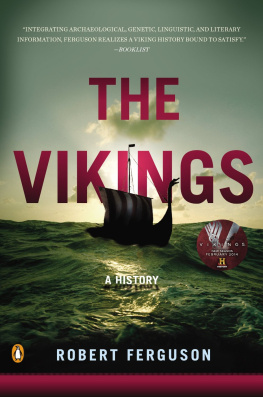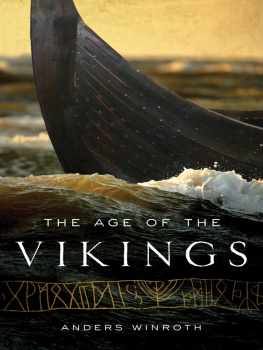


Published in Great Britain and
the United States of America in 2017 by
CASEMATE PUBLISHERS
The Old Music Hall, 106108 Cowley Road, Oxford OX4 1JE, UK
1950 Lawrence Road, Havertown, PA 19083, USA
Casemate Publishers 2017
Paperback Edition: ISBN 978-1-61200-519-5
Digital Edition: ISBN 978-1-61200-520-1 (epub)
All rights reserved. No part of this book may be reproduced or transmitted in any form or by any means, electronic or mechanical including photocopying, recording or by any information storage and retrieval system, without permission from the publisher in writing.
A CIP record for this book is available from the British Library
Printed in the Czech Republic by FINIDR, s.r.o.
Typeset in India by Lapiz Digital Services, Chennai
For a complete list of Casemate titles, please contact:
CASEMATE PUBLISHERS (UK)
Telephone (01865) 241249
Email:
www.casematepublishers.co.uk
CASEMATE PUBLISHERS (US)
Telephone (610) 853-9131
Fax (610) 853-9146
Email:
www.casematepublishers.com
CONTENTS
INTRODUCTION
FROM THE 9TH TO THE 11TH CENTURY, Viking ships landed on almost every shore in the western world. Viking ravages united the Spanish kingdoms and stopped Charlemagne and the Franks advance in Europe. Wherever Viking ships roamed, enormous suffering followed in their wake, but the encounter between cultures changed both European and Nordic societies. Employing sail technology and using unpredictable strategies, the Vikings could strike suddenly, attack with great force, then withdraw with stolen goods or captives. This short history of the Vikings discusses their society and unique way of life, their ships, weapons and armour, and how they raided across Europe and even reached America.
The Vikings lived over 1,000 years ago, but they left many traces behind, across a huge area. This means that the story of the Vikings can be assembled like a jigsaw puzzle, using these many sources. The pieces in the jigsaw puzzle are archaeological objects, such as remains of tools, weapons, skeletons, graves, buildings and towns dug out of the ground. These things can tell us how the people of the Viking Age lived their burial practices, the weapons they used, building materials and building types, but not anything about their thoughts or feelings. For those we need written or pictorial sources, and we must distinguish between those written about them and the sources they wrote themselves. The best sources are those the Vikings created themselves: poems, texts or pictures on runestones and other artifacts.
Some very important sources for the Viking Age are the stories preserved in Iceland, which we call sagas. The most famous are the sagas of the Norwegian kings that the Icelandic historian and chieftain Snorri Sturluson (11791241) wrote down in the 13th century. They take the readers on voyages of trade, plunder and conquest around the known world. There are bloody battles and exciting events, and we can hear their voices speak to us. But since Snorri lived 200 years after the events, he did not experience what he wrote about. He himself states in his book that his narratives are based on old written and oral stories and on skaldic poetry. Therefore, it is uncertain if anything he writes is true. When a historian tries to assemble the puzzle about the Vikings and would like to use the sagas as a source, he or she must ask a number of questions. Are there other sources that say the same as Snorri? It is great if there is, but then we also have to figure out which one is the oldest. This is how we dig as far back as possible. We must also ask ourselves why Snorri wrote these stories? For example, Snorri was in the service of the Norwegian king Hkon Hkonsson when he wrote about Hkons predecessors. Perhaps he wrote them on behalf of the king? Perhaps he added to or embellished the historic facts to please Hkon?
The best thing is if when archaeological sources match the story. In 1996, archaeologists found a magnificent 36-metre Viking ship in Roskilde, Denmark. Using modern technology, including dendrochronology, it was determined that the ship was built in Vestfold in Norway in around 102526. In the Saga of King Olav the Holy , Snorri describes how Olav built such a big ship in Vestfold in 1026. Its impossible to say whether it is the same ship, but at least now we know that big ships like that were built in Norway at the time of Snorris stories. One part of Snorri and the other sagas that is seen as a valid source is the skaldic poetry that accompanies the narratives. A vast array of Norse poetry dealing with events ranging from the migration period and up to the medieval times exists. The poetry is considered to be a genuine source because of its complexity. It had to be recited correctly not to lose its meaning. Most of the poetry is made as homage to kings and chieftains it says less about daily life, but a lot about attitude and values.
The most important written sources are not Scandinavian at all. In addition to the large body of Norse literature we have written sources in English, Irish, French, Russian, Byzantine and Arabic. These are often contemporary, and contain eyewitness accounts. Some references are just short notes in yearly chronicles of monasteries and churches, while others are vivid accounts of customs and traditions written down by travellers. Together all these pieces reveal the complex and fascinating society of the Vikings.
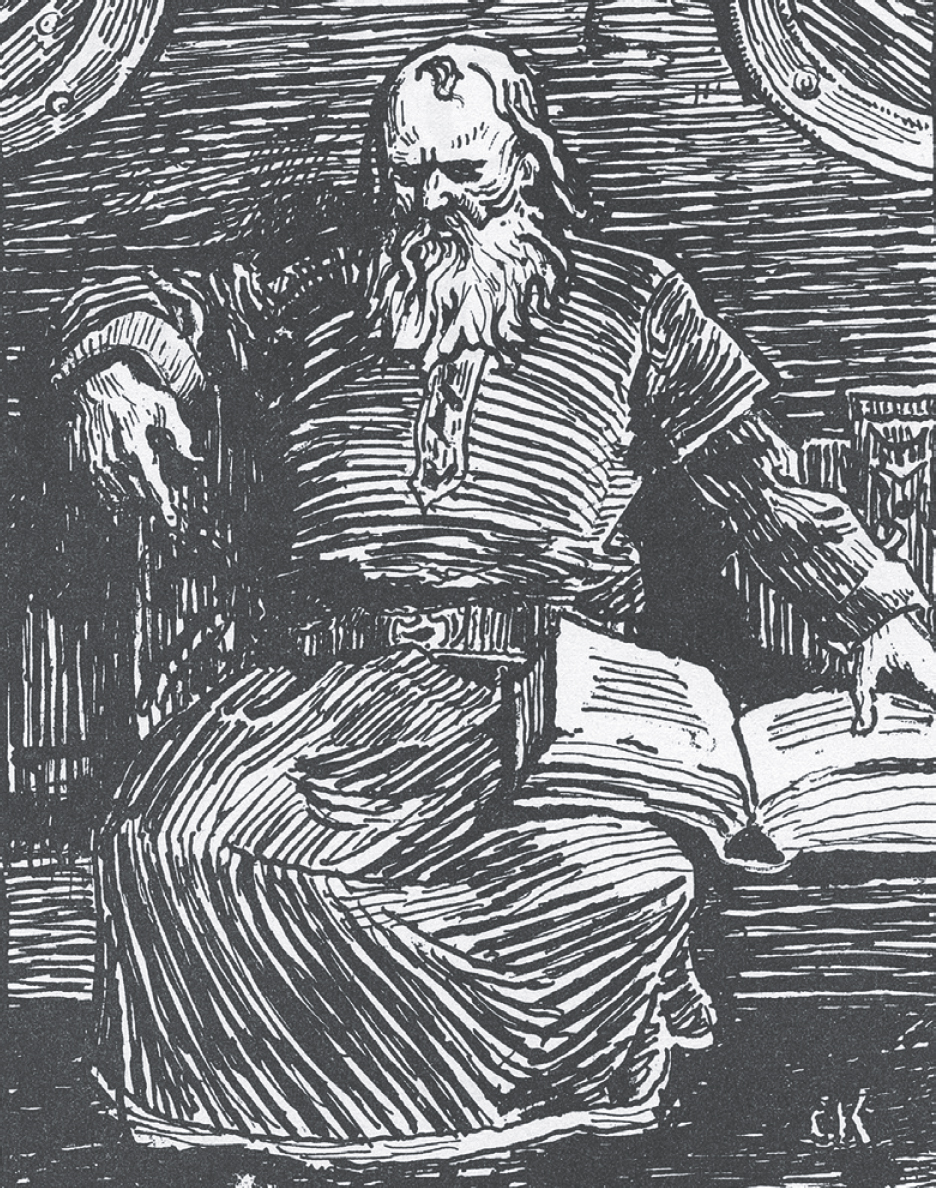
Illustration by Christian Krogh of Snorri for the 1899 edition of Heimskringla, published by J.M. Stenersen & Co. CC-BY-SA
TIMELINE

700750
First use of sail in Scandinavia, enabling voyages across open sea. Increased iron production means more extensive manufacturing of weapons and tools.
780790
Vikings establish themselves in the North Sea Islands, and begin raiding the coast of England and Scotland.
Vikings land at Portland and kill the kings bailiff.
Vikings attack the Holy Island of Lindisfarne, the centre of English Christendom.
Ireland and Spain targeted by Vikings for the first time.
The monastery on Noirmoutier in Aquitaine in France is attacked.
Vikings conduct trade with the tribes in Russia.
808810
Danish king Godfred lauches several attacks on the French.
Two women are buried in the Oseberg ship burial in Vestfold, Norway.
First Vikings arrive in Byzantium.
Viking chieftain Ragnar attacks Hamburg and Paris.
The Great Heathen Army arrives in England for the first time.
York becomes the first Viking kingdom in England.
King Harald Fairhair unites western Norway under his rule after the Battle of Hjrungavg.
The Danelaw established in eastern England.
Kiev is conquered by the Vikings and becomes the centre for the Rus-Vikings. Ohthere the seafarer from Hlogaland visits the court of Alfred the Great.
Warrior and poet Egil Skallagrimsson born in Iceland.
Viking chieftain Rollo (Rolf) establishes Normandy in France.
Next page
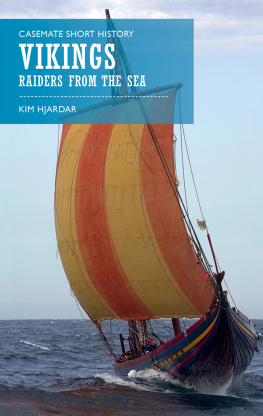
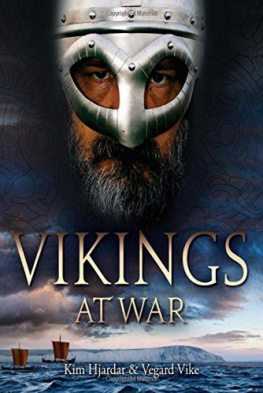


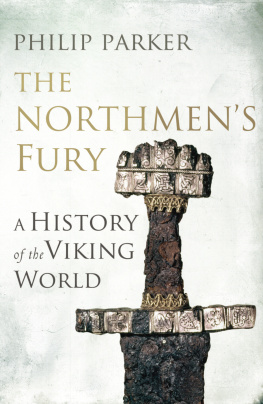

![Haywood - Viking: The Norse Warrior’s [Unofficial] Manual](/uploads/posts/book/98981/thumbs/haywood-viking-the-norse-warrior-s.jpg)
